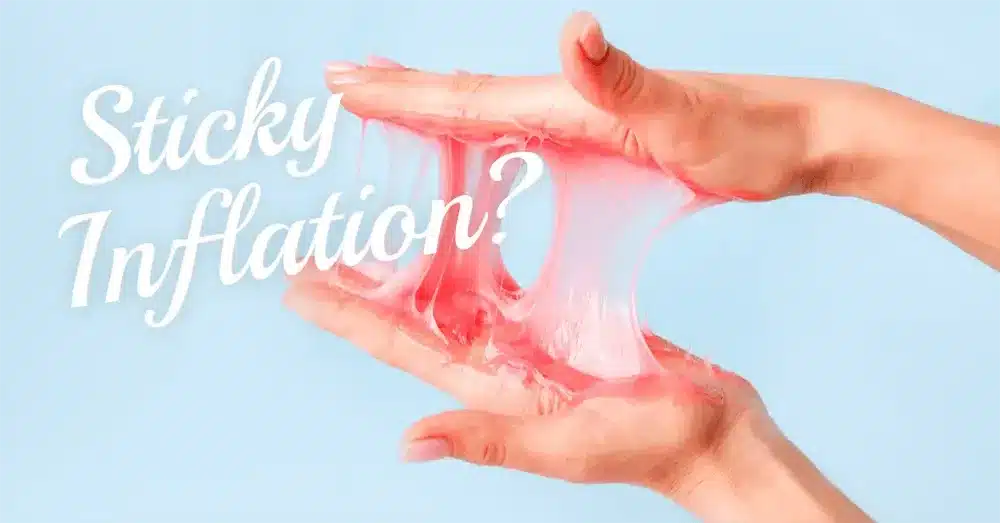About Sticky Inflation:
- Sticky inflation refers to a phenomenon where prices do not adjust quickly to changes in supply and demand, leading to persistent inflation.
Features of sticky inflation:
- Prices for goods or services that don’t appear to be coming down anytime soon are considered sticky.
- Causes: Rising wages and prices for consumer goods and services are typically the main factors behind inflation stickiness.
- Prices for medical services, education, and housing are some of the most important factors that can contribute to sticky inflation.
- It erodes the purchasing power of consumers and puts pressure on housing affordability.
- Sticky inflation presents challenges for central banks in controlling inflation without causing a recession.
- To address sticky inflation, central banks usually raise interest rates.
- However, raising rates too fast can cause the economy to fall into a recession, while not raising them enough will allow prices to continue increasing.
Q1. What is a repo rate?
A repo rate is the interest rate at which a central bank, such as the Reserve Bank of India (RBI), lends money to commercial banks against government securities. It is used to regulate the economy by controlling inflation and money supply. The current repo rate in India is 6.50% as of June 07, 2024.
Source: Sticky inflation delays rate cut
Last updated on November, 2025
→ Check out the latest UPSC Syllabus 2026 here.
→ Join Vajiram & Ravi’s Interview Guidance Programme for expert help to crack your final UPSC stage.
→ UPSC Mains Result 2025 is now out.
→ UPSC Notification 2026 is scheduled to be released on January 14, 2026.
→ UPSC Calendar 2026 is released on 15th May, 2025.
→ The UPSC Vacancy 2025 were released 1129, out of which 979 were for UPSC CSE and remaining 150 are for UPSC IFoS.
→ UPSC Prelims 2026 will be conducted on 24th May, 2026 & UPSC Mains 2026 will be conducted on 21st August 2026.
→ The UPSC Selection Process is of 3 stages-Prelims, Mains and Interview.
→ UPSC Result 2024 is released with latest UPSC Marksheet 2024. Check Now!
→ UPSC Prelims Result 2025 is out now for the CSE held on 25 May 2025.
→ UPSC Toppers List 2024 is released now. Shakti Dubey is UPSC AIR 1 2024 Topper.
→ UPSC Prelims Question Paper 2025 and Unofficial Prelims Answer Key 2025 are available now.
→ UPSC Mains Question Paper 2025 is out for Essay, GS 1, 2, 3 & GS 4.
→ UPSC Mains Indian Language Question Paper 2025 is now out.
→ UPSC Mains Optional Question Paper 2025 is now out.
→ Also check Best IAS Coaching in Delhi

















